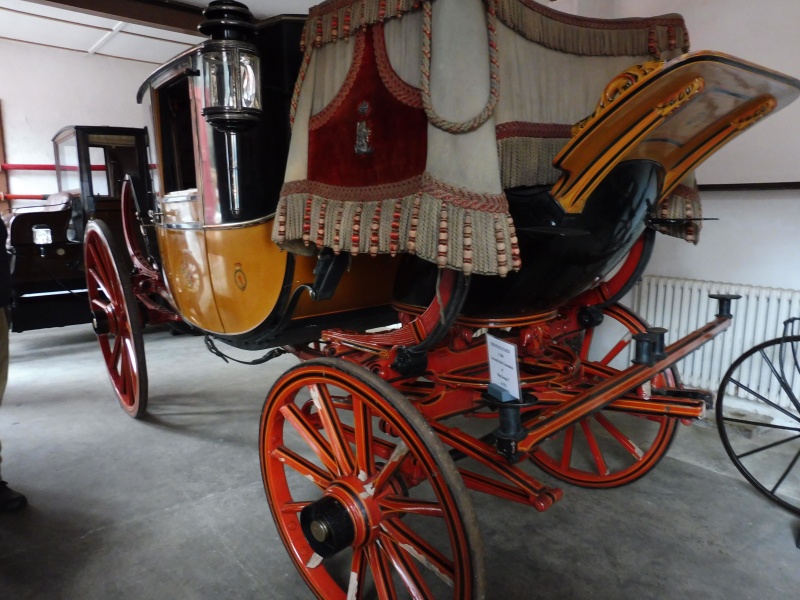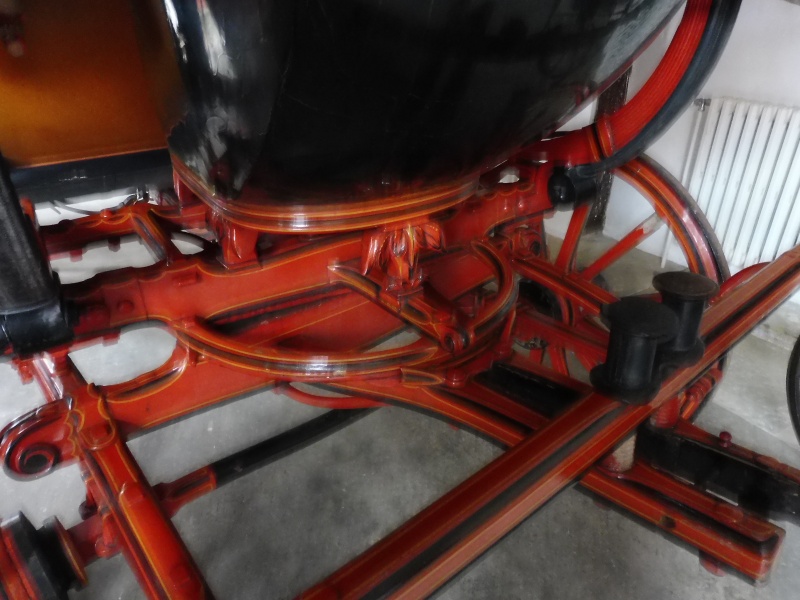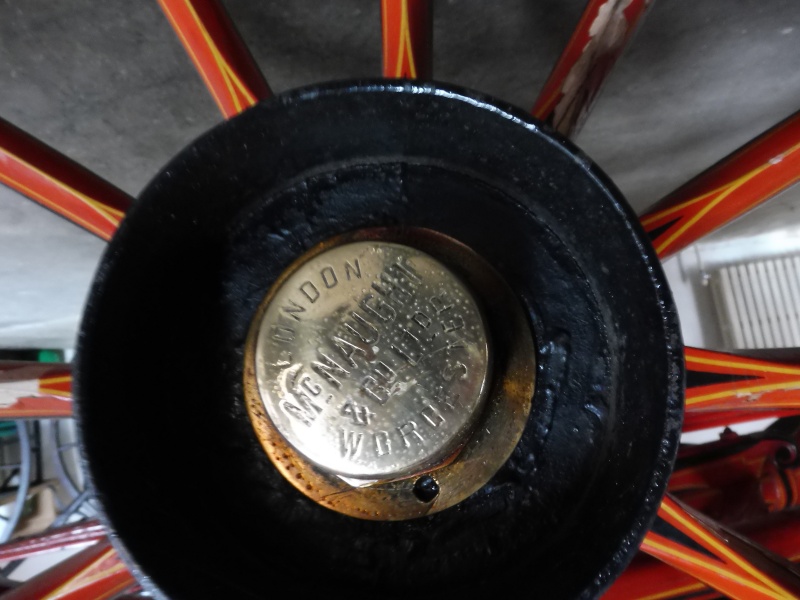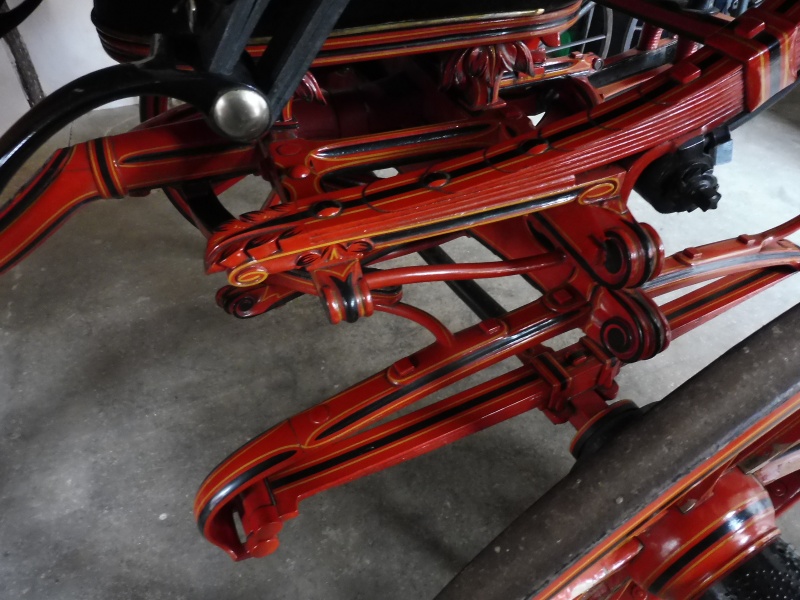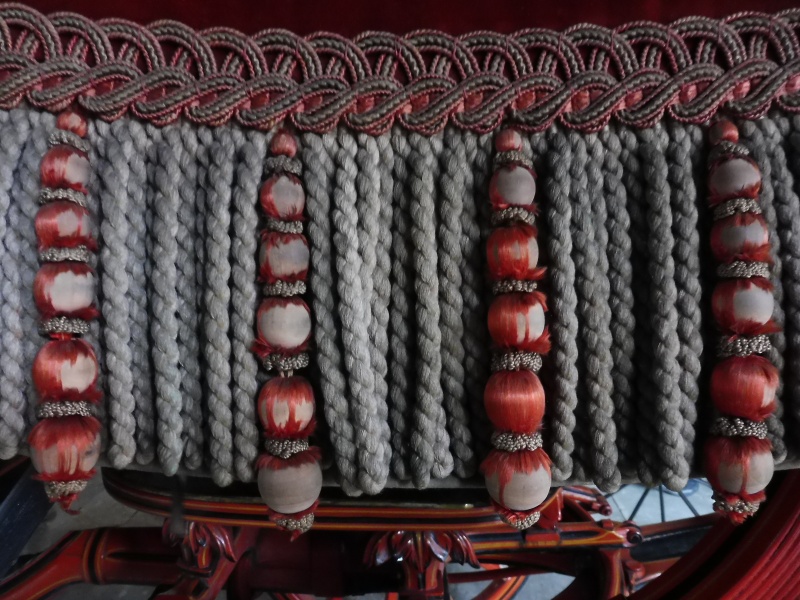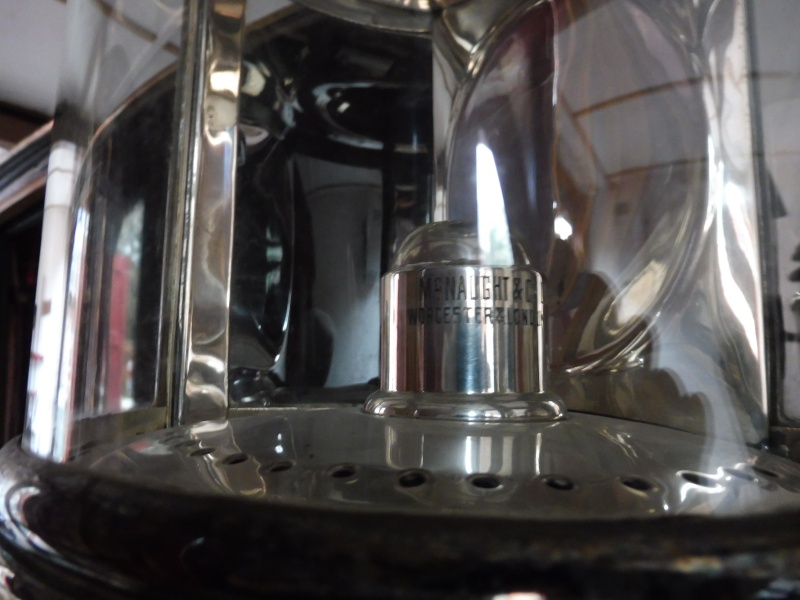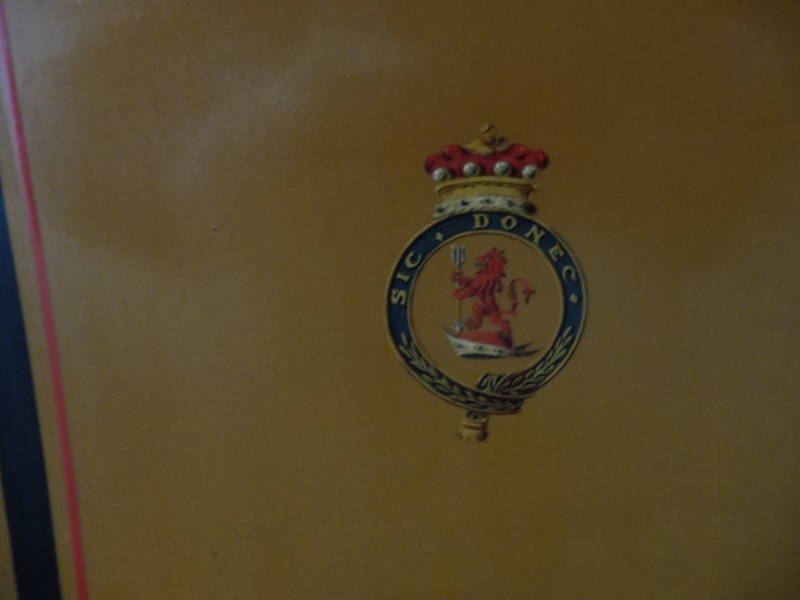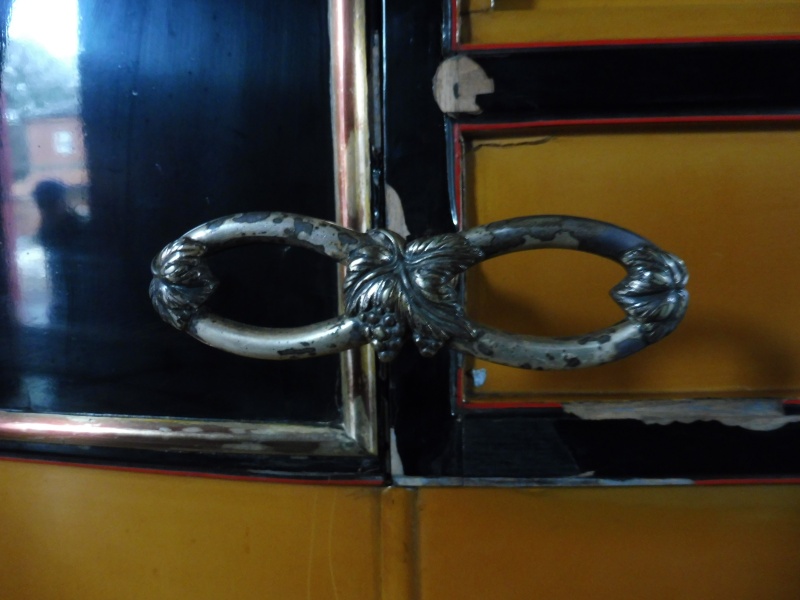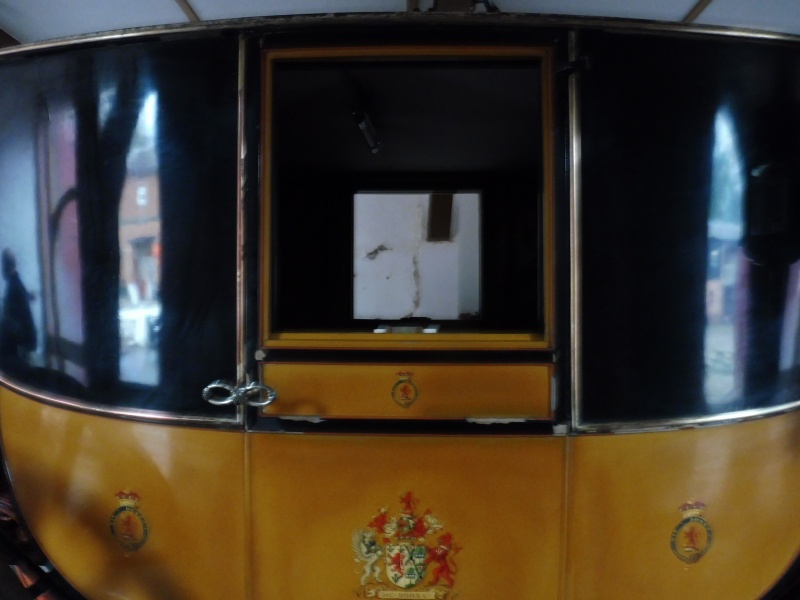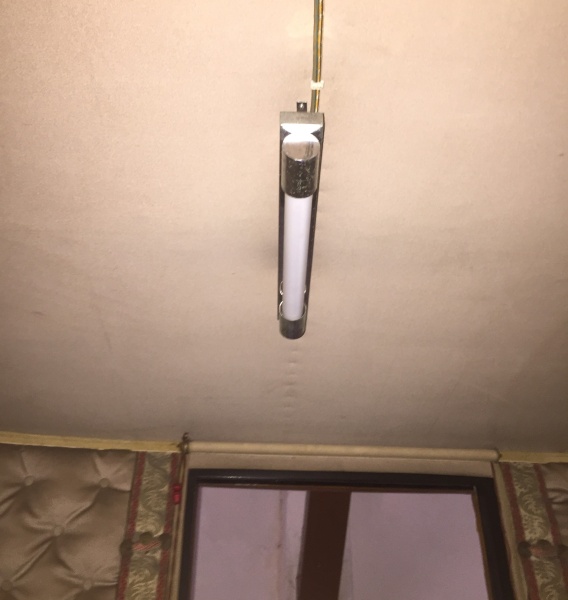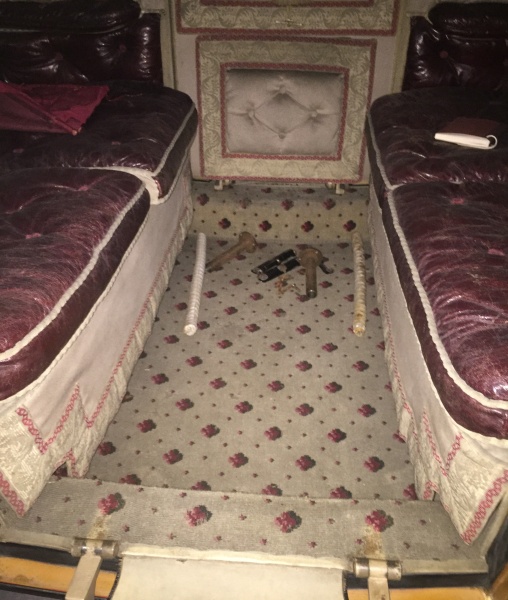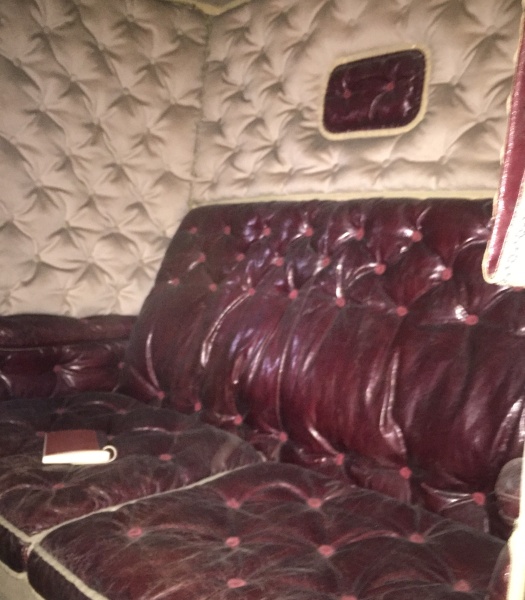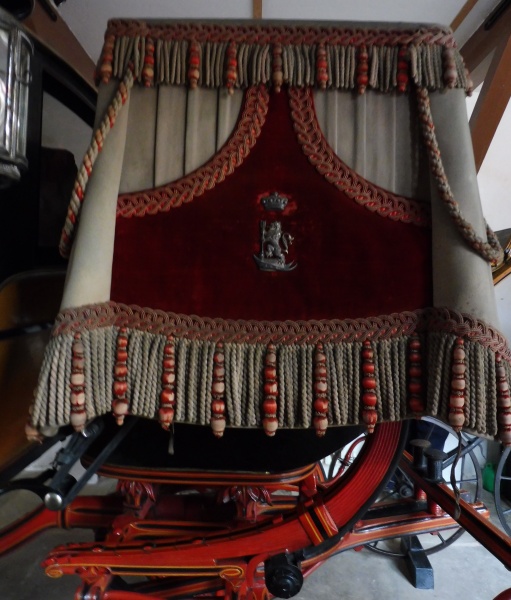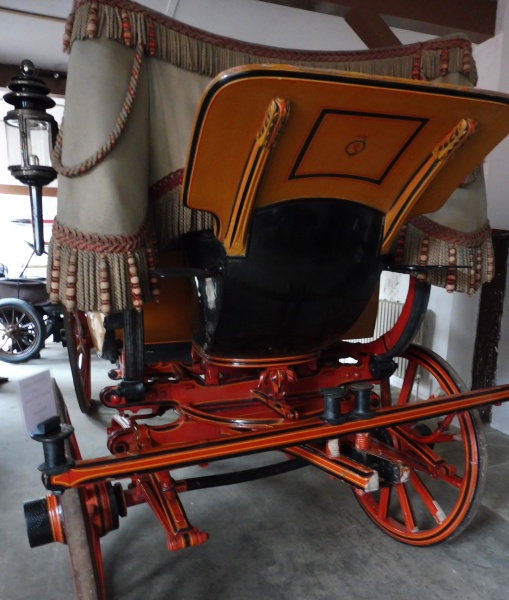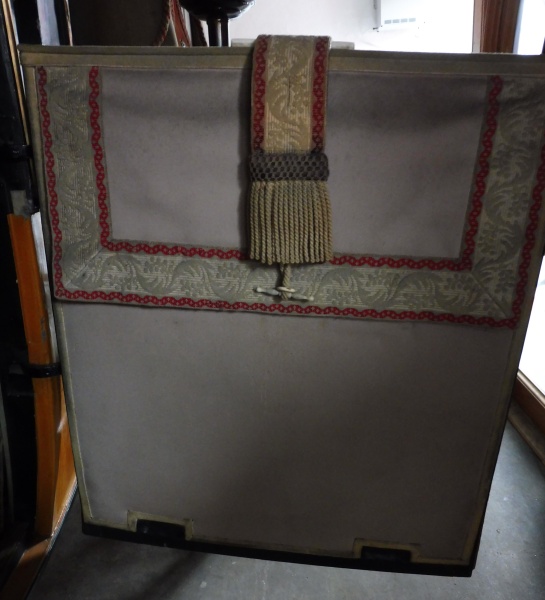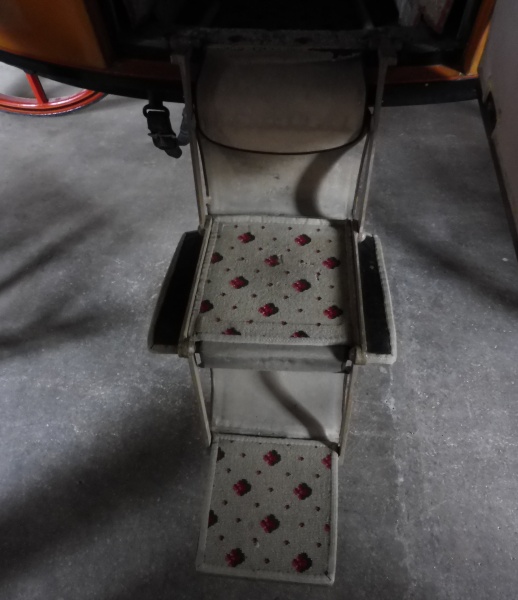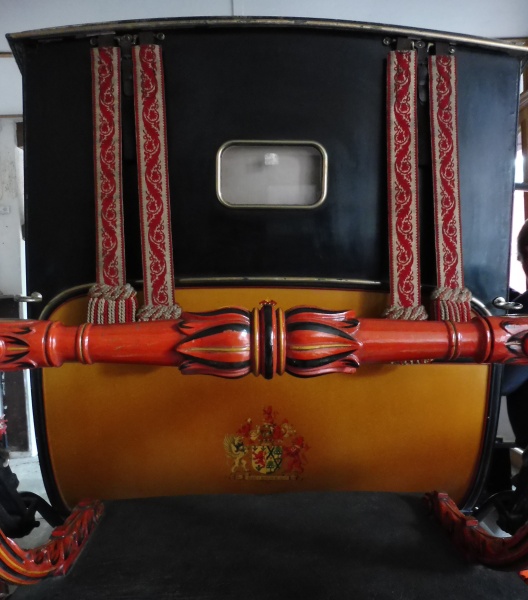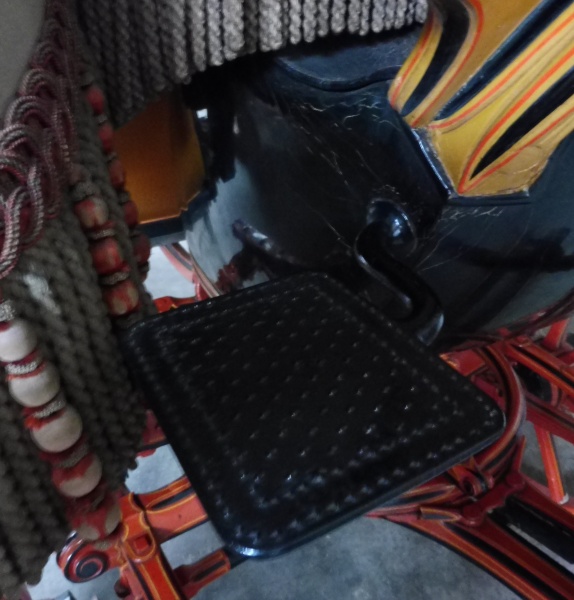Use the dots above to scroll through images.
Listed in 1 collection
Listed at 1 museum
Listed for 1 maker
Quick Details
Carriage Type
State Coach
Date of Production
1840
Accession or Inventory Number
NT 1298851
Materials used
Paint, Wood, Iron, Leather, Wool Box Cloth, Bone, Silver, Brass, SilkSummary of Town Coach
McNaught & Co were a good firm of coachbuilders but perhaps not really known for producing Town Coaches. The City of London own a State Coach by this coachbuilder but otherwise the majority of surviving carriages by them are of a smaller nature such as sporting vehicles. This is certainly a fine coach but perhaps lacks a little finess in its appearance although this may be down to the 1960’s paint job.
There are only a couple of coaches by the coachbuilder McNaught and Co which makes this a rare carriage. It retains original features of the interior upholstery and the hammer cloth and the lamps are lovely. The coach has had a repaint which is slightly unfortunate. There is a wonderful photograph of this coach, horsed with the coachman and footmen in full matching livery.
This type of coach could be 'dressed up' to attend social events in town. They are eye catching elegant carriage sprung high on C springs and are usually painted in bright yellow or red finished off with a fine hammer cloth on the coachman’s seat. This State Coach was last used at the Coronation of George VI in 1911.
Dimensions
Height: 7ft 2 ½”
Length: 13ft 11 ¾”
Width: 6ft 2 2/3”
Full description
The body is of a standard format for a coach in profile but with a little more curve to the side panels. Brass beading that was once silvered runs around the top edge and between the upper and lower side panels, around the upper part of the doors and also around the windows in the back panel. It is supported on plain dumb irons shackled with silvered bolts to the C spring braces. At the back are iron staples fitted to the top of the upper panels. Four of these have footman’s folders in white broadlace with a red vine and acanthus leaf pattern and red and white fringing. In between each pair of holders is a shorter leather footman’s holder. On each side where the lower panels meet the upper panels are brass rings, once silvered, for attaching sway straps that are now missing. A small rectangular window with rounded corners is in the upper panel and to the front is a much larger rectangular window, this one does not have brass beading around the edge and it is almost completely hidden by the hammer cloth and the lamps. Leather sway straps attach to staples on the underside by the doors to the perch.
The doors are interesting in that they hang on two concealed hinges at the lower panel and a butt hinge at the top. The sides of this coach are slightly more curved than one would normally see which means that when the door is open it swings open at a slightly different angle, difficult to explain. Each door has a sliding window glass with a frame covered in blue velvet cloth. The handles are of once silvered brass and cast in a figure of eight shape with grapes and vine leaves, reflecting the pattern on the interior broadlaces.
To the front of the coach is a coachman’s seat mounted on a Salisbury boot. The boot has two steps fitted for the coachman to gain access to the box seat. They are a good size, rectangular and with a jagged tread. The footboard sits on two supports with carved ends and has a leather covering and heal board.
The hammer cloth is original and matches the interior of the coach. It has lost its framework and so the corners are a little flat. It would probably benefit from a new frame being made. The base cloth is buff colour box cloth, pleated at the sides with a deep red velvet insert. On the velvet is a silver boss of the family coat of arms. The fringe around the top and bottom is buff colour with red and gold silk drops, topped with an intertwined red and gold braid. Buff, red and gold swags hang at the corners. The base cloth, fringes and braid are in pretty good order with some mildew marks here and there. The drops have lost their silk covering revealing the wooden structure underneath.
The forecarriage is quite heavy in construction with scroll carved ends to the spring beds and leaf carved platform supports. It has a close futchell with the futchells passing under the splinter bar. The roller bolts have jagged tops for use as steps to the box seat. Big sweeping C springs support the body of the coach and under springs make it eight sprung. The perch is compassed to follow the contours of the coach body. It has a hook for a drag shoe, the shoe is missing.
The hindcarriage has a footman’s platform with a leather covering that appears to be original. The standards sweep up and finish with scrolled ends, strengthened by a carved cross bar. Brass pump handles to assist the footmen to climb on to the back of the coach, curve round to meet the standards where the cross bar is fitted. An elaborate iron step is bolted to the hindcarriage. The bottom step is large, rectangular with rounded edges and a jagged tread. A central bracket with a knop in the middle supports the step along with two curved side brackets, also with knops. These two brackets finish with a step plate with square jagged treads.
The wheels of this coach are 12 and 14 spoke English pattern with staggered felloes andiron tyres, on collinge patent axles. Both the front and back axles are compassed up. The wheel hubs have a jagged edge. The original lamps are displayed with the coach. They are cylindrical with double chimney’s and a knob on the top. The metalwork is silvered and there is a fine beaded edging around the top and bottom of the glass lights. On the candle stocks ‘McNaught & Co Worcester & London is stamped. They are in super condition and supported on iron brackets with straight arms.
Inside the seats are covered with a buttoned Moroccan leather in deep red and edged in buff colour seaming lace. The sides are upholstered in a buttoned buff colour wool cloth. The same cloth covers the heaven. A small squab hangs in the back window. This is covered with the dark red leather and trimmed with a buff colour seaming lace. The seat drop is also in the buff colour wool cloth and has a broadlace trim in buff with a red patterned edge, the design is acanthus leaves and grapes. The footman’s holders on the back of the coach do not quite match those on the interior being of a different pattern. The window drops and door laces are trimmed with a buff colour silk fringe and a dark blue (now appear purple) cushion and buff pom poms. Red silk window blinds hang at the rear and door windows, there tassels are in red silk. Very pretty Holland and Holland carpet covers the floor and the folding steps. It has a buff colour ground with red pattern.
An electric light has been fitted to the interior of this coach, presumably for display purposes. It looks to date from the 1960’s.
This coach under went an almost complete repaint in the 1960’s at a paint producing firm local to Tatton Park. The undercarriage, springs and standards are painted in an orangey red with black and yellow lining. The Salisbury boot and upper body panels are a very shiny black. The lower body panels and the coachman’s footboard are yellow with the footboard being lined with red and black. On the side, door and rear panels are family crests.
Inscriptions
On the axle caps: McNAUGHT & CO Ltd LONDON WORCESTER
Stamped on the inside of the lamps: McNAUGHT & CO Ltd WORCESTER LONDON
Condition report
The component parts seem sound. The leather work is all in fair condition. The hammer cloth has some mildew marks and the drops have lost their silk, it would benefit from a conservation clean and a cover made of clear light reducing plastic (see the carriages at Arlington Court). The paintwork on the body and undercarriage is ok but it has flaked badly on the wheels and cracked on the Salisbury boot. It is difficult to know what to suggest about this as it is not the original paint work but is part of its history. It would require considerable consolidation to save it.
Other advise would be to stablise the environment by adding some vents in the windows and turning the heater off.
Access information
This Town Coach is in the care of The National Trust, Tatton Park
Tatton Park,
Knutsford,
Cheshire,
WA16 6QN
http://tattonpark.org.uk/home.aspx
Picture credit
The National Trust / Amy Bracey / Robert Lovell

 Carriage Foundation
Carriage Foundation